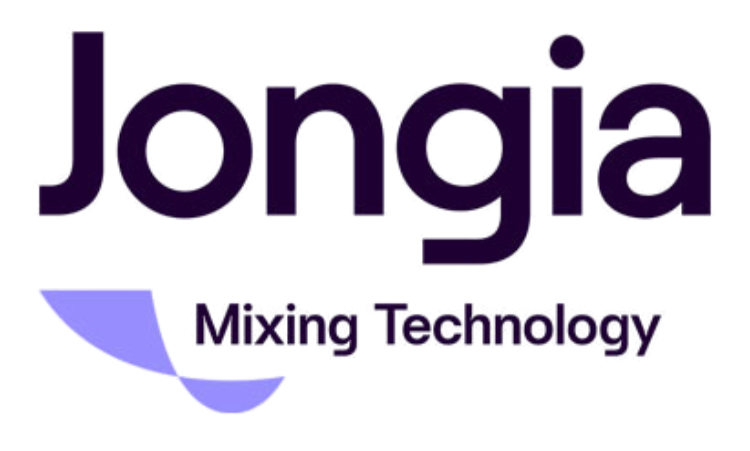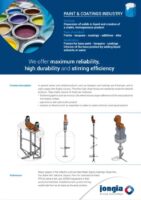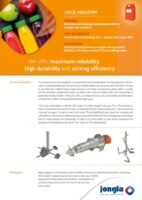Ribbon Mixing Element
A Ribbon Mixing Element, commonly found in ribbon blenders, is a crucial component of industrial mixing equipment used for blending powders, granules, or other dry, solid materials. The ribbon mixing element consists of a helical or spiral-shaped structure, usually made of stainless steel, which is attached to a central shaft running along the length of the mixer’s trough.
As the shaft rotates, the ribbon mixing element moves the material inside the trough, lifting and folding it in a continuous, gentle manner. This process ensures that the various components of the mixture are thoroughly combined without causing significant particle size reduction or damage to the material. Ribbon mixers are widely used in various industries, including food processing, pharmaceuticals, chemicals, and plastics, for their efficient and gentle blending capabilities.
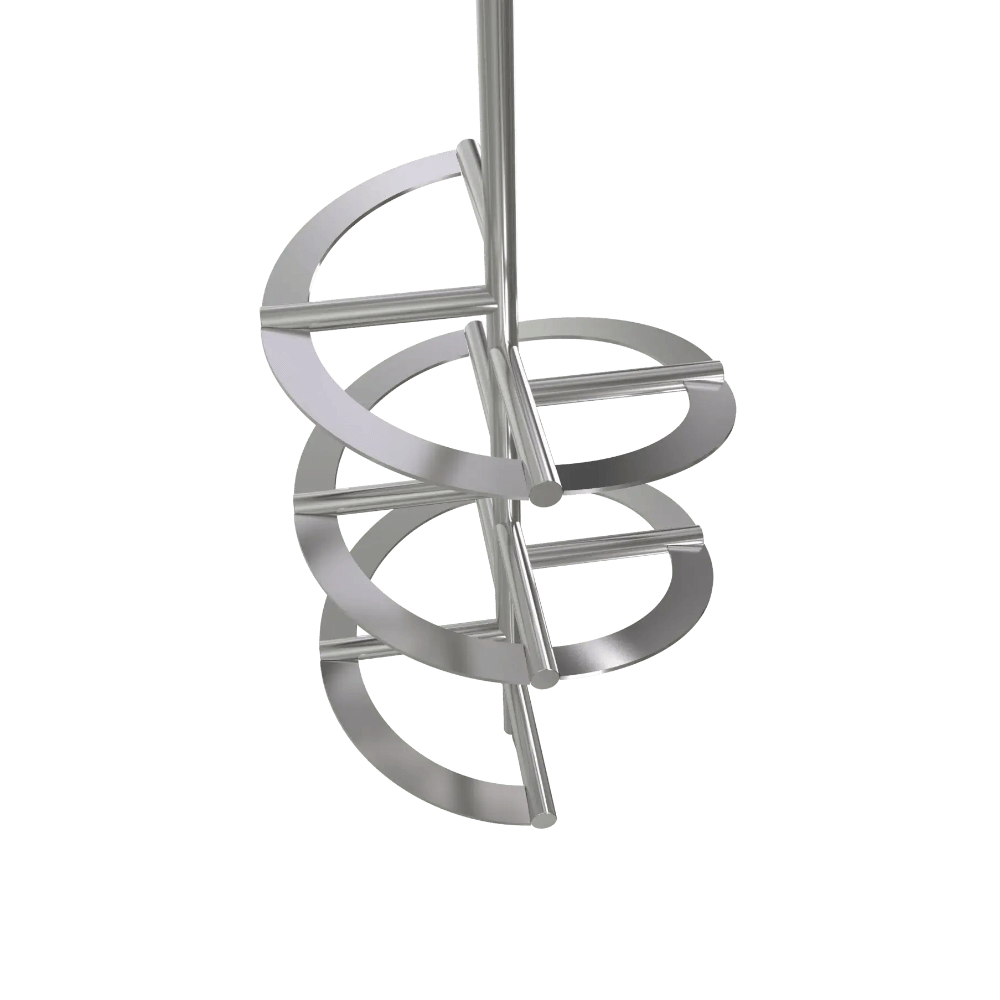
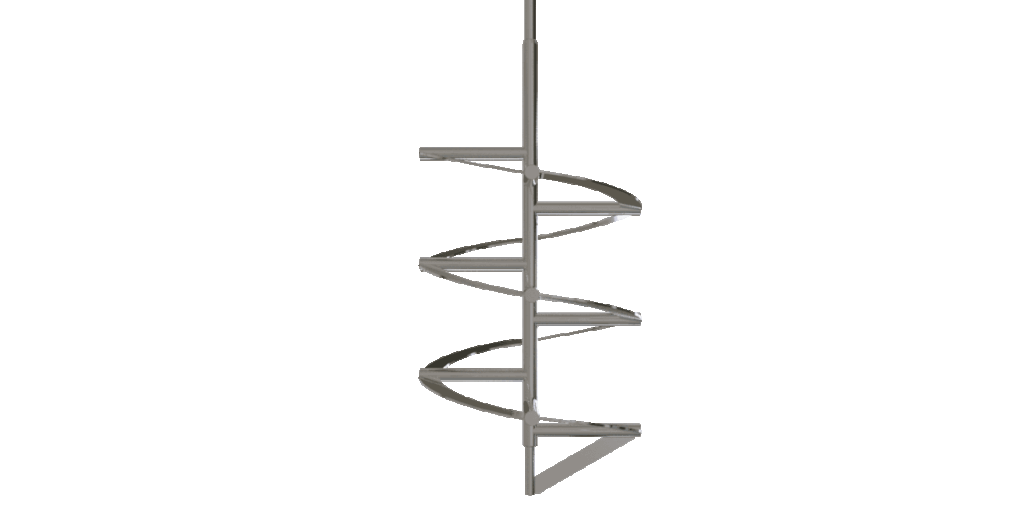
Frequently Asked Questions
What is a Ribbon Mixing Element?
A Ribbon Mixing Element is a key part of ribbon blenders used in industrial mixing, designed to blend powders, granules, or dry materials. It features a helical or spiral shape, usually made of stainless steel, attached to a central shaft that helps mix materials effectively.
How does a Ribbon Mixer function?
The Ribbon Mixer operates by rotating the central shaft, which moves materials inside the trough. The ribbon element gently lifts and folds the mixture, ensuring thorough blending without significantly reducing particle size or damaging the materials. This process is efficient for delicate materials.
In which industries are Ribbon Mixers used?
Ribbon Mixers are widely utilized across various industries including food processing, pharmaceuticals, chemicals, and plastics. Their efficient and gentle blending capabilities make them suitable for applications where maintaining the integrity of materials is crucial during mixing.
What materials are typically mixed using Ribbon Mixers?
Ribbon Mixers are designed to mix dry solid materials, including powders and granules. Common materials include flour, sugar, pharmaceuticals, chemical compounds, and plastics, where even blending without damage is essential to the final product quality.
What are the benefits of using a Ribbon Mixer?
The primary benefits of Ribbon Mixers are their efficiency and the gentle nature of their blending process. They ensure a uniform mix without substantial particle size reduction, making them ideal for a wide range of materials in various industrial applications.
Contact our specialized team for all your questions

Tom Pruymboom
Sales Director
Area Worldwide

Bart Brouwer
Area Sales Manager
Area Worldwide
Related Articles
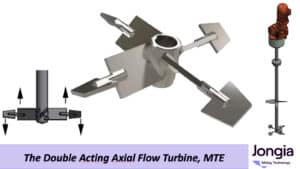
The Double Acting Axial Flow Turbine type AST-MTE mixing element
Operation of an AST-MTE Element Operation of an AST-MTE Element This element can be used in both CW (clockwise) and CCW (counterclockwise) directions. In one case, the inner AST element is downward-pumping with the outer tips pumping upward, and in
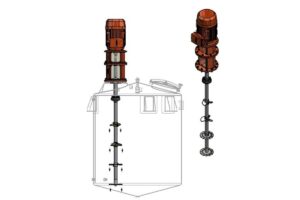
High-Speed Disperser Technology: The Engineering Behind Effective Mixing
A Technical Guide by Jongia Mixing Technology Core Function High-speed dispersers excel at three critical tasks: Fracturing powder agglomerates into fine particles Creating uniform powder distribution throughout liquid mediums Facilitating complete dissolution of soluble materials Operating Principles High-speed dispersers transform
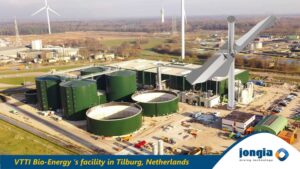
VVTI Biogas Tilburg
VTTI Biogas Tilburg is developing a new bio-energy facility, focusing on processing organic waste. The plant is expected to produce approximately 23 million cubic metres of biogas annually. A portion of this will be converted into green gas for the
